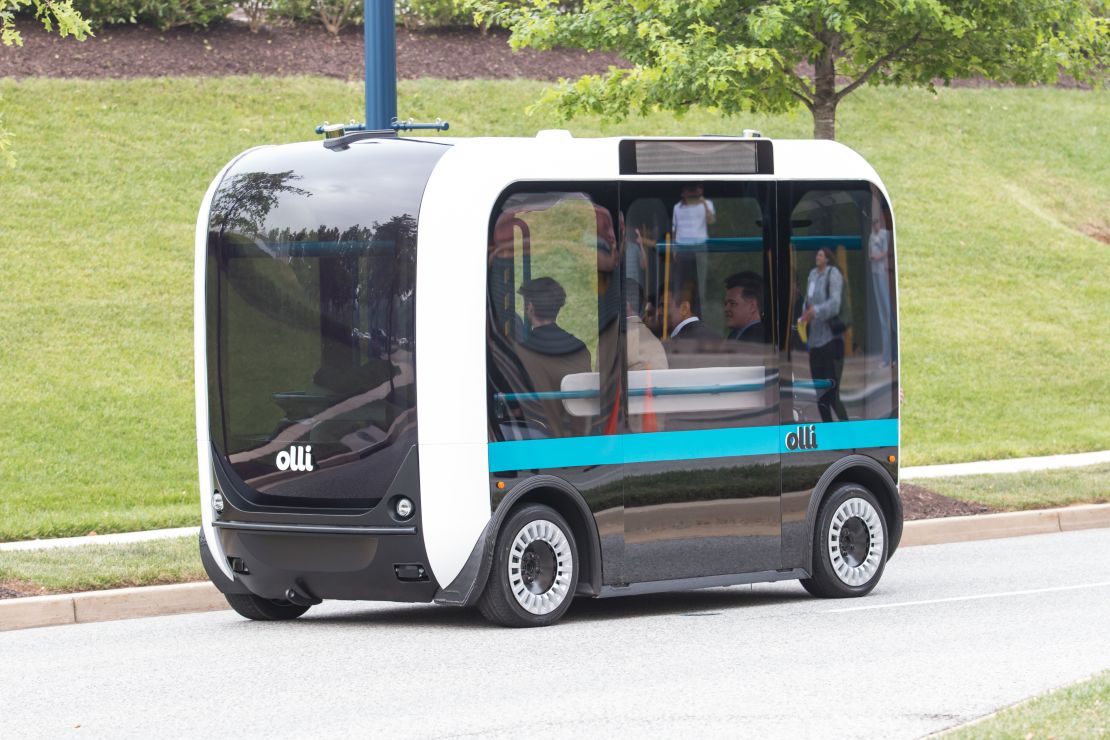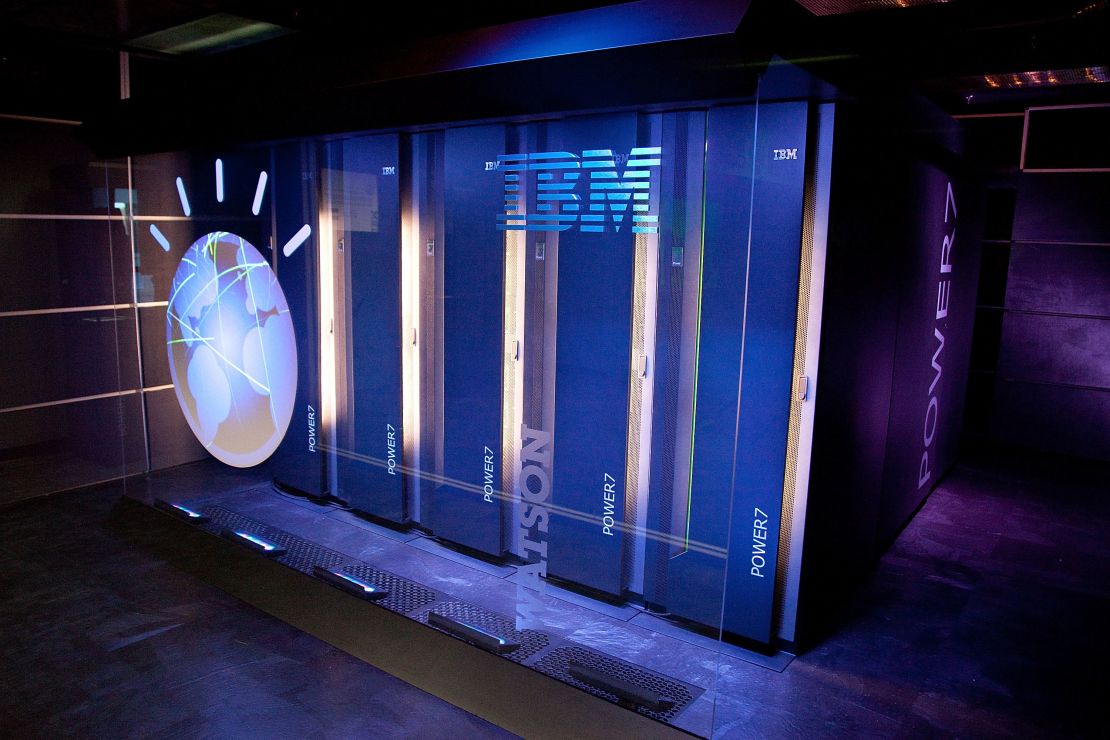Story highlights
Self-driving bus will see commercial launch within a year
The design could be used for public transport, cargo and emergency services
Self-driving cars are unlikely to reach the public until the next decade, but a self-driving bus will be serving - and talking to - US citizens within a year.
The electric shuttle from Local Motors named “Olli” is on trial in the Washington area, and the company is planning a commercial launch in 2017 in several cities including Las Vegas and Miami.
Olli can carry 12 passengers, and it is initially expected to provide public transport in closed network locations such as campuses and airports, before branching into new functions and locations.
The partly 3D printed vehicle is the first to integrate IBM’s “Watson” cognitive computing technology, allowing passengers to interact with it and ask questions, such as what route the bus is taking and what attractions their destination offers.
“Many companies are working on autonomous vehicles,” says Local Motors CEO Jay Rogers. “We hope to be among the first to make it real.”

Eyes on the road
Olli makes use of lidar, a laser-sensing system also employed by Google’s driverless cars, to read the road.
The bus also features supplementary sensors for remote supervision, speed monitoring and safety precautions. This includes what Rogers terms a “got to stop” haptic sensor on the front that automatically halts the bus if it makes contact with anything.
The vehicles have avoided accidents during trials, despite facing additional stress tests from pranksters.
“People want to trick them,” says Rogers. “It sounds farcical but it really isn’t when you think about what a bike messenger might do with a robot on the road. They might hit the haptic sensor to make the vehicle stop.”
“A normal bus driver might yell an expletive out of the window, but should a robot do that?”
Building a relationship
Olli’s creators hope that their unique vocal interface will help break down the barriers and help people to accept robots.
“It is about developing relationships between passenger and machine in the most natural way possible,” says Bret Greenstein, Vice President of IBM Watson Internet of Things. “You have to know it understands you.”
IBM are keen to develop a winning personality for their interface, projecting warmth and confidence. The system is also being trained to recognize novel aspects such as regional accents and obscure place names.
“Nobody likes to repeat themselves,” says Greenstein. “The machine has to understand you the way you want to talk, not make you train yourself to the machine.”
Looking ahead, Local Motors hope to integrate Watson with passengers’ social media profiles to offer more personalized interaction.

Sustainable growth
The use of 3-D printed material enables rapid mass production.
The first Olli was created in just two weeks, and new micro-factories are to be launched across the country.
Local Motors already offers a range of cutting-edge vehicles, including a 3D printed car (the “Strati”), which will also be given autonomous capability and manufactured in large numbers.
“Our goal is to have 20 micro-factories by 2020, to make up to 60,000 units a year,” says Rogers.
The manufacturing process also gives Olli an environmental edge over competitors.
Rogers claims that manufacturing the 3-D printed materials uses 50% less carbon than traditional metals. The parts can be broken down and reused.
Olli runs on electricity, with wireless recharging, and it is hoped widespread adoption could significantly impact pollution in urban areas.

Racing ahead
Rogers is thinking far beyond public transport to providing a variety of cargo, commercial and even emergency services.
He speculates that Olli could “deliver medicine, provide advertising on demand, or roll up en masse in an area where there is an active shooter and block people so they can get out of harm’s way.”
New functions will lead to new designs, including aerial and consumer vehicles.
Local Motors is forming partnerships with major companies such as Airbus, according to Rogers, and its designs are generating demand from cities around the world.
The CEO is bullish that his company can outpace higher-profile competitors in the race to autonomy.
“This is our moment,” he says. “I can say with great certainty the mass manufacturing companies of the world will not be the first to introduce this kind of technology to the road.”














